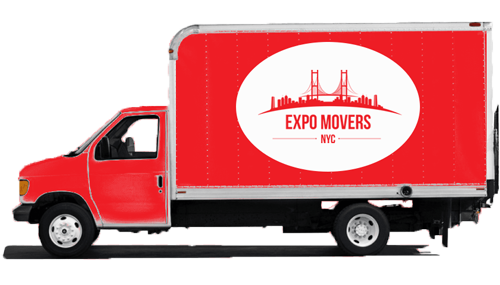However, when it comes to moving, it’s your kitchen that will likely present the biggest headache. The items you have to pack come with incredible diversity in nature, shape, size, and fragility. It’s a task that can overwhelm even the most seasoned of movers.
In fact, when planning your packing, the kitchen is the best place to start. Once you are done with it, the other rooms are likely to prove a breeze. Fortunately, packing and moving are science, so there are ways you can pack your kitchen items without breaking the bank or losing your mind. Here’s how.
Sort and Select
Before you start packing stuff, determine whether you actually need to pack it at all. Moving is a convenient time to perform that decluttering you’ve been putting off for months or years. The more thorough you sort through your kitchen, the less effort, space, and money you will waste. Meticulously go through kitchen cabinets, drawers, shelves, pantries, and boxes.
There could be many items that are better off sold, donated, or going to the trash. Some items moving companies are prohibited from transporting, such as cleaning chemicals. Ergo, separate the items you are carrying from those you are leaving behind.
Organize the Items
The process of identifying what you will leave behind should go hand in hand with organizing what remains.
Start by setting aside the items you will need in the final few days at your old home and the new residence’s first days. These should be the things you pack first and should be placed in your ‘open-first’ box. You wouldn’t want to be done with packing only to realize you haven’t left any plates for use during your last or first meal.
Next, pack the stuff you rarely use, including barbecue tongs, pie pans, spatulas, crystal glasses, and extra dishes. Leaving these to last-minute packing will only make you’re moving unnecessarily hectic.
Get Packing Supplies
The diversity of your kitchen items means you will need various packing materials to ensure safe and orderly handling. These include packing boxes (small, medium, and large), packing paper, bubble wrap, packing tape, specialty dividers, and permanent markers.
Ensure you have the supplies in sufficient quantities if you want to avoid having to head back to the store. A rule of thumb to go by when it comes to packing materials is that you’ll likely need more than you think. Some packing supplies may tear or otherwise be ruined when stacking them with items.
Packing Techniques
Different items will be packed differently. Pots and pans can be stacked in a large or medium box with single sheets of packing paper between them—Stash paper or cloths in the gaps to minimize movement during transportation.
Glassware should be placed in boxes with specialty dividers to keep them from striking one another and breaking during the move. You still have to wrap each piece of glassware with packing paper. Clearly label any box containing glassware with a warning that nothing should be stacked on top of it.
Plastic and non-breakable bowls and plates can be packed with nothing but a piece of paper separating them. Wrap them in plastic wrap. Do the same for serving utensils.
Knives must be treated differently because of the danger they pose. Roll the knife in packing paper, wrap a dish towel or similarly thick cloth around it, then secure it with tape or a rubber band.
Small and medium-sized appliances like coffee makers, toasters, microwaves, and blenders, use the original packaging if available. If not, they can be packed in a similar-sized box.
Avoid packing food items, especially if you’ll be moving far from your current residence. It might be healthier and cheaper to toss them or donate.
Packing your kitchen is a formidable project that will likely take a couple of days. If possible, ask for some helping hands to speed up the process. Just make sure everyone is on the same page on how you want to go about it.
Label all boxes to make unpacking at your new place easier. Labeling here is not just in terms of the content of the box but also assigning unpacking priority. That way, you can know which ones can comfortably stay unpacked, if need be, for weeks.








